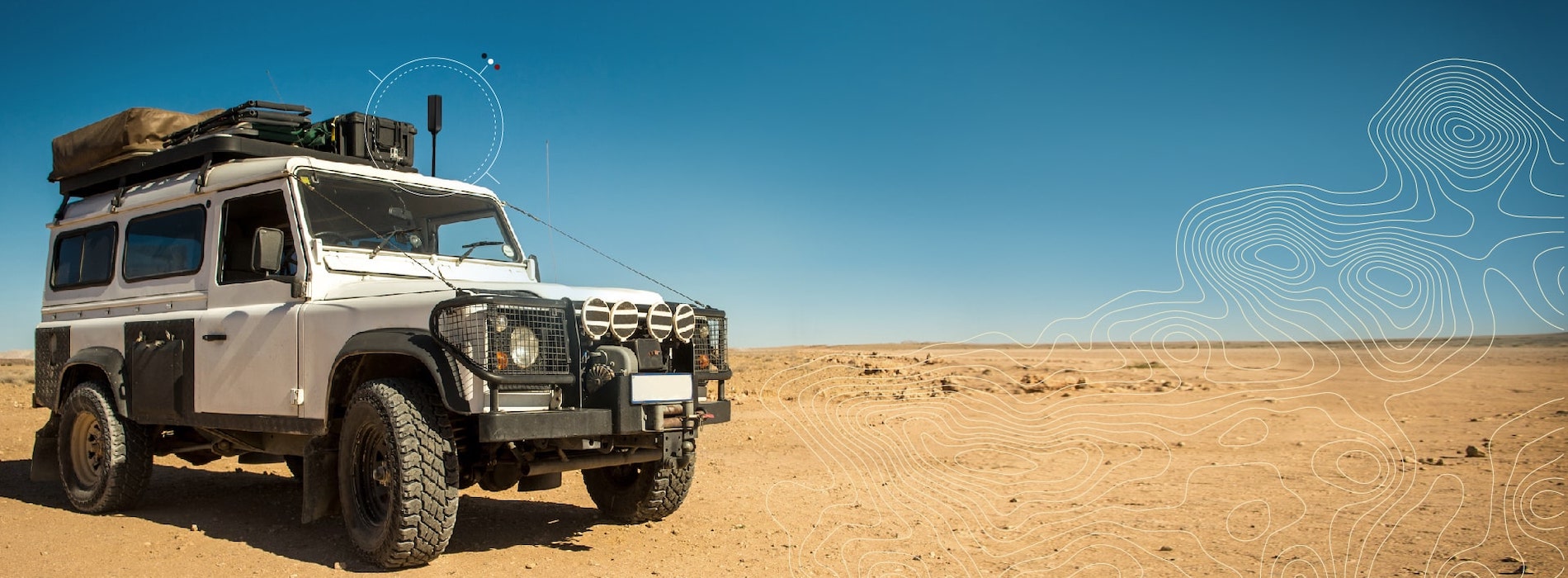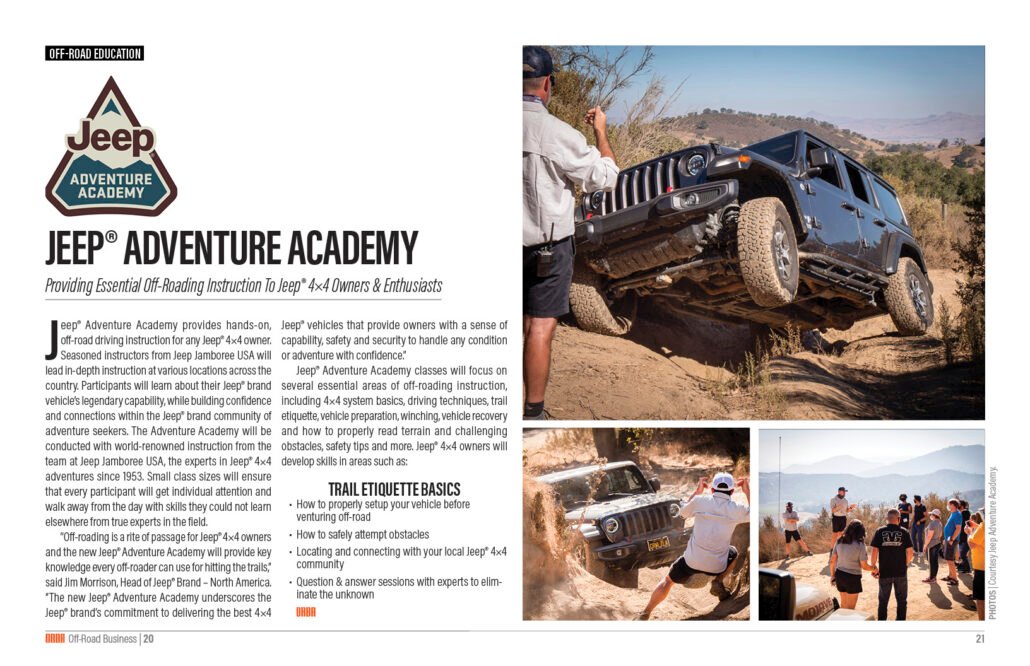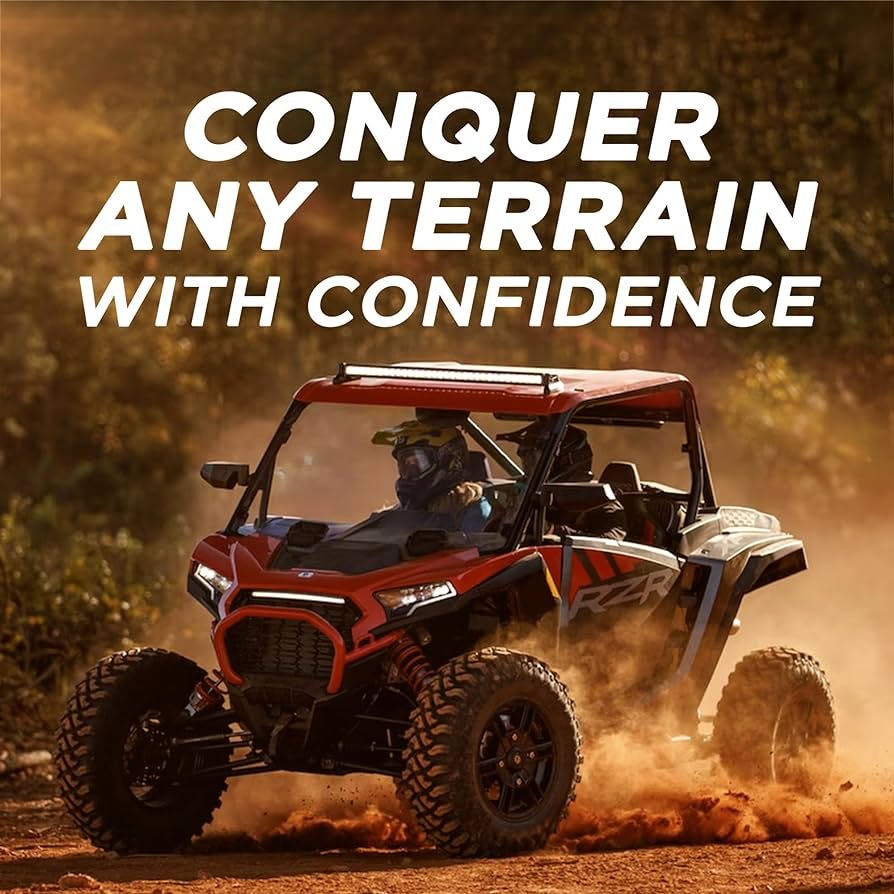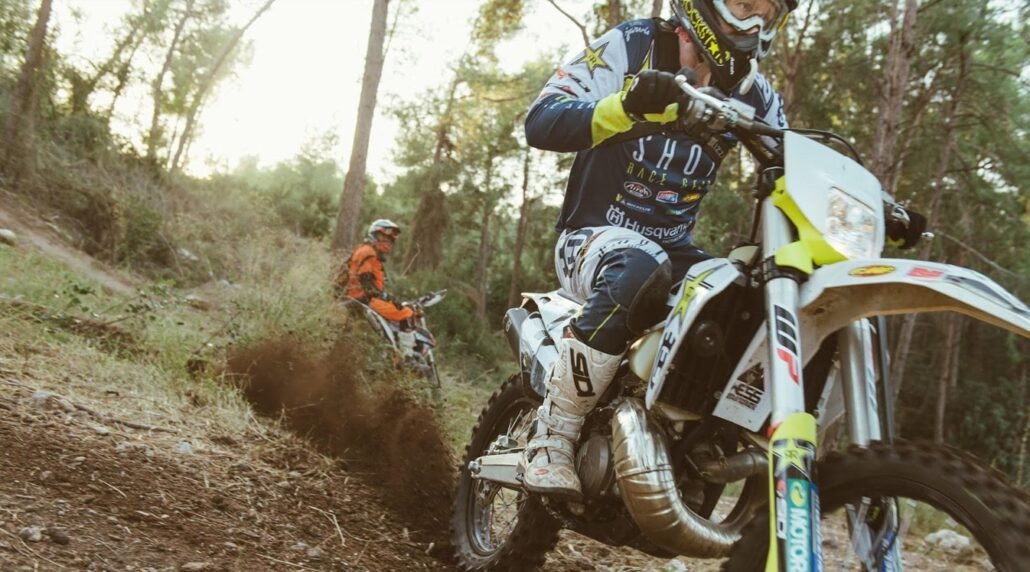Off-road safety tips for overlanding are essential to enjoy your adventures safely. Follow these guidelines to ensure a smooth and secure overlanding experience.
Overlanding is an exhilarating way to explore the great outdoors, but it comes with its own set of challenges and risks. When venturing off the beaten path, it’s crucial to prioritize safety and be prepared for any unexpected situations. By following some simple yet effective safety tips, you can minimize the risks and maximize the enjoyment of your overlanding trips.
Whether you are a seasoned overlander or just getting started, these safety tips will help you have a successful and secure off-road adventure.
Understanding Overlanding And Off-roading
Before venturing into the exhilarating world of overlanding, it’s crucial to grasp the unique aspects of off-road travel and the necessary safety precautions. Overlanding involves the journey of self-reliant exploration to remote areas, typically carried out in a rugged vehicle. While it offers an unmatched sense of adventure and connection with nature, it comes with its own set of challenges and risks. Understanding the concept of overlanding and differentiating it from conventional driving are essential to ensure a safe and enjoyable experience.
Definition Of Overlanding
Overlanding is a form of adventure travel that involves covering long distances over land, typically in a 4×4 vehicle, with an emphasis on self-reliance and exploration of remote and sometimes challenging terrains. Unlike conventional travel, overlanding often requires navigating unmarked trails and overcoming various obstacles while being fully self-sufficient and prepared for the unexpected.
Differentiating Off-road Driving From Regular Driving
Off-road driving, as a critical aspect of overlanding, entails traversing unpaved, rugged, and often inhospitable terrain that requires specialized skills and equipment. Unlike regular driving, off-road driving demands heightened awareness, adaptability, and preparedness for unexpected obstacles and challenging conditions. It involves conquering varying landscapes, including rocky trails, muddy paths, river crossings, and steep inclines, which necessitate a different approach and mindset compared to driving on paved roads.
Essential Equipment For Overlanding
Equipping oneself with the right gear and tools is indispensable for a safe and successful overlanding expedition. From recovery gear such as winches, recovery straps, and traction mats to communication devices like two-way radios and emergency beacons, preparedness is key when venturing into remote areas. Other essential equipment includes a well-stocked first-aid kit, navigation tools, extra fuel and water, as well as reliable communication and emergency provisions to ensure self-sufficiency during the journey.
Vehicle Preparation And Maintenance
Vehicle preparation and maintenance is crucial when it comes to off-road safety for overlanding. Ensuring that your vehicle is in optimal condition before hitting the rough terrain is essential for a successful and safe overlanding experience. Here are some important vehicle preparation and maintenance tips to keep in mind:
Checking Tire Condition And Pressure
Before embarking on an overlanding adventure, check the condition and pressure of your tires. Tires are your vehicle’s point of contact with the ground and play a critical role in maintaining traction and stability on rocky and uneven terrain. Make sure to inspect the tread depth and look for any signs of wear or damage. In addition, maintain the recommended tire pressure to ensure optimal performance and reduce the risk of punctures or blowouts.
Inspecting Brakes And Suspension
Regularly inspecting the brakes and suspension of your vehicle is essential for off-road safety. Make sure that your brakes are in good working condition to provide reliable stopping power when navigating challenging terrain. In addition, check the suspension components for any signs of damage or wear that could affect overall stability and ride comfort. Maintaining proper brake and suspension function is essential for navigating off-road obstacles safely.
Ensuring Adequate Fuel And Water Storage
When venturing into remote off-road locations, it is crucial to ensure that your vehicle is equipped with adequate fuel and water storage. Plan your overlanding route carefully and calculate the amount of fuel needed for the journey, considering the terrain and potential detours. Additionally, carry ample water supplies to stay hydrated and address potential vehicle cooling needs. Maintaining proper fuel and water storage ensures that you are prepared for unexpected challenges during your overlanding adventure.
Navigating Challenging Terrain
When overlanding, navigating challenging terrain is an inherent part of the adventure. Whether it’s sand, mud, rocks, water crossings, or steep inclines, understanding how to tackle these different types of terrain safely is essential for a successful off-road journey. In this section, we’ll explore the various aspects of navigating challenging terrain and provide valuable tips to ensure a smooth and secure overlanding experience.
Understanding Different Types Of Terrain
Before setting out on an overlanding trip, it’s crucial to familiarize yourself with the various types of terrain you may encounter. Each type of terrain requires a different approach and set of skills to navigate effectively. Understanding the characteristics and challenges posed by sand, mud, and rocky terrain can significantly enhance your off-road driving proficiency, keeping both you and your vehicle safe.
Techniques For Driving On Sand, Mud, And Rocky Terrain
Driving on diverse terrains such as sand, mud, and rocky surfaces demands specific techniques to ensure optimal traction and control. When navigating sandy terrain, maintaining momentum is key to preventing bogging down. Mud requires a delicate balance of speed and control to avoid getting stuck, while rocky terrain necessitates careful wheel placement and maneuvering to prevent damage to your vehicle.
Dealing With Water Crossings And Steep Inclines
Water crossings and steep inclines present unique challenges during off-road expeditions. Crossing water bodies demands attentiveness to depth and current, and vehicle sealing to prevent water ingress. For steep inclines, selecting the right gear and maintaining steady throttle control is vital to ascend safely without causing damage to your vehicle’s drivetrain.

Credit: www.ubersignal.com
Safety Protocols And Emergency Preparedness
When it comes to overlanding, safety protocols and emergency preparedness are paramount. Whether you’re exploring remote terrain or traversing challenging off-road trails, being equipped with the right tools and knowledge can make all the difference in ensuring a safe and enjoyable overlanding experience. From communication devices and emergency contacts to first aid kits and essential medical supplies, as well as recovery gear and self-recovery techniques, taking the necessary precautions is essential for off-road adventures.
Communication Devices And Emergency Contacts
Before embarking on an overlanding trip, it’s crucial to have reliable communication devices and emergency contacts readily available. When venturing into remote areas with limited or no cell service, having a satellite phone or a two-way radio can be a lifesaver in case of emergencies. Additionally, sharing your itinerary and expected return time with a trusted contact is important to ensure that someone knows your whereabouts in case of unforeseen circumstances.
First Aid Kits And Essential Medical Supplies
A well-equipped first aid kit is a non-negotiable when it comes to off-road safety during overlanding. Your first aid kit should include essential items such as bandages, antiseptic wipes, splinting materials, pain relievers, and any necessary medications for pre-existing conditions. It’s also important to have a basic understanding of first aid procedures and be prepared to handle common injuries that may occur while off the grid.
Recovery Gear And Self-recovery Techniques
In rugged off-road terrain, being prepared for vehicle recovery is essential for overlanding safety. Carrying recovery gear such as a high-lift jack, kinetic recovery straps, shackles, and a portable air compressor can help you navigate through challenging obstacles. Equally important is understanding self-recovery techniques, including proper winching and recovery strap usage, to safely extricate your vehicle from precarious situations without external assistance.
Environmental Stewardship And Responsible Overlanding
Overlanding is not just an adventure; it’s also about respecting and protecting the environment as well as the local communities and cultures we encounter on our journeys. Responsible overlanding entails following leave-no-trace principles, protecting wildlife and habitats, and engaging with local communities while respecting cultural norms.
Leave-no-trace Principles
When overlanding, it’s crucial to adhere to the principles of leaving no trace behind. This includes properly disposing of waste, avoiding creating new trails, and minimizing the impact on the natural environment. By practicing leave-no-trace principles, we can ensure that the areas we explore remain pristine for future generations of travelers.
Protecting Wildlife And Habitats
Responsible overlanding involves taking measures to protect wildlife and their habitats. This includes staying on designated trails, respecting wildlife from a distance, and refraining from disturbing their natural behaviors. Additionally, it’s important to steer clear of sensitive ecosystems and to be aware of any local conservation efforts and regulations.
Engaging With Local Communities And Respecting Cultural Norms
When overlanding, it’s essential to engage with local communities in a respectful and mindful manner. This involves seeking permission before accessing private lands, respecting local customs and traditions, and supporting local businesses and artisans. By fostering positive relationships with the communities we encounter, we can contribute to sustainable tourism and cultural preservation.
Frequently Asked Questions On Off-road Safety Tips For Overlanding
What Are The Essential Safety Gear For Overlanding?
When overlanding, it’s crucial to have a well-stocked first aid kit, recovery straps, fire extinguisher, and emergency communication devices. Additionally, carry extra food, water, and warm clothing. Always check local regulations for any specific safety requirements.
How To Prepare A Vehicle For Off-road Overlanding?
Before overlanding, ensure your vehicle is in top condition by checking fluids, tire pressure, and overall mechanical health. Equip your vehicle with off-road tires, recovery gear, and a suitable suspension system. Regular maintenance is key for a safe journey.
What Are The Most Common Off-road Hazards During Overlanding?
Overlanding can pose various hazards like steep terrain, river crossings, and unexpected weather conditions. These challenges require careful navigation and preparation. It’s essential to be aware of potential dangers and to approach them with caution and proper equipment.
How To Navigate Uneven Terrain During Overlanding Trips?
When encountering uneven terrain during overlanding, maintain a steady speed and avoid sudden movements. Utilize lower gears and engage the vehicle’s differential lock if needed. Always prioritize safety and choose the best path to navigate the challenging terrain.
Conclusion
Prioritizing safety while overlanding off-road is crucial for an enjoyable and secure adventure. By following these essential safety tips, overlanders can minimize risks, prevent accidents, and fully immerse themselves in the beauty of the great outdoors. So, pack your necessary equipment and knowledge, and enjoy your overlanding adventures with confidence and safety in mind.
Safe travels!




